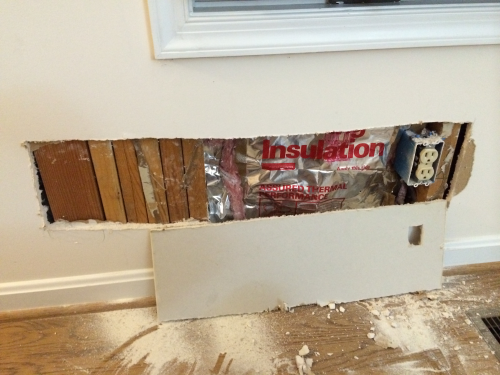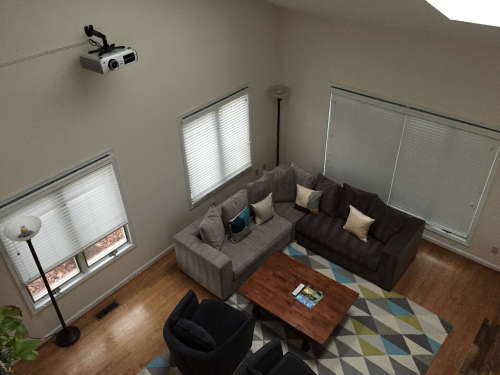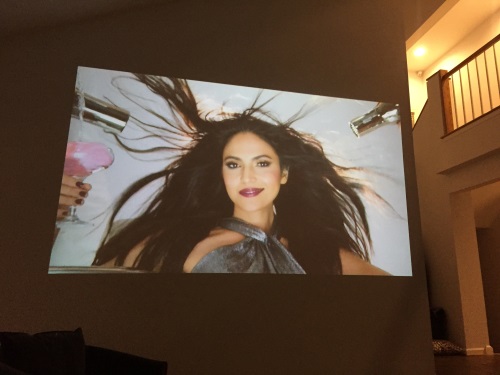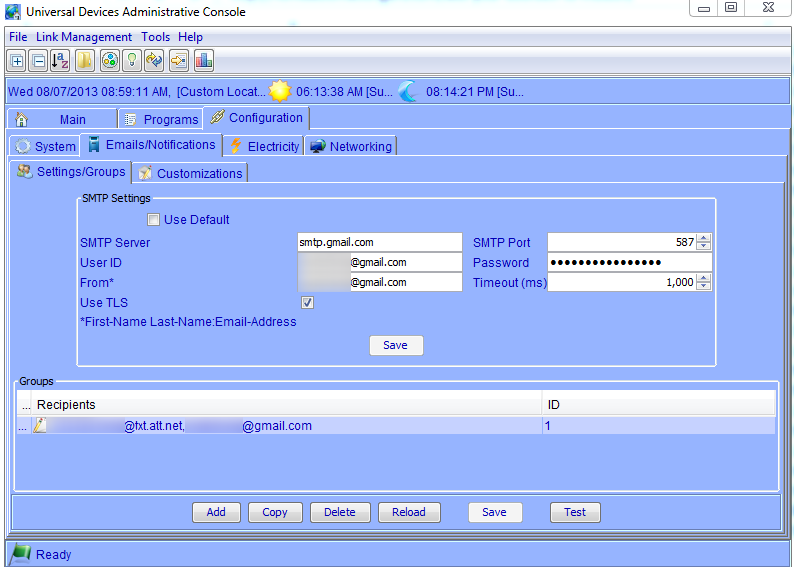The family room now has in-wall speakers powered by an HDMI audio extractor and small amplifier, and now it’s time to set up the video component: an Epson PowerLite Projector. I liked this particular projector because it’s capable of 1080p resolution, it has horizontal lens-shifting (which means it doesn’t have to be placed exactly on-center with the projected screen), great brightness (although not great enough to be acceptable in a room with open skylights in the middle of the day), and solid 4.5 stars on Amazon.
With the multiple video sources in the basement feeding up to the projector via ethernet cable, I wanted to run the HDMI cable inside the wall horizontally and install a new outlet up on the wall, with power run from an existing outlet below. I’ve installed quite a few new outlets, so I figured the power wouldn’t be too much of a problem; just run some Romex through a few studs from an existing outlet and then up the wall. But then I ran into this craziness:

Yes, that’s 5 adjacent 2x4s and a 4×4 – about 11 solid inches of wood that clearly has some sort of load-bearing purpose. Not being a structural engineer (and just as importantly, not having an insanely long drill bit to get through all this wood), I abandoned that idea. And, being unclear on where else I might find this unusual stud formation in the wall (not to mention taking on even MORE drywall work), I gave up on the idea of running the HDMI cable horizontally through the studs as well. For now, at least.
The end result is that I used a wall mount bracket to attach the projector to the wall, and just ran the power and HDMI from the source on the OUTSIDE of the wall, covering them with a cable run
. The end result looks like this:

I’m not thrilled with the “exposed” wire running up to the projector from the side, and may someday cut open the drywall to run the cables inside the wall… but for now I’m enjoying the view:



